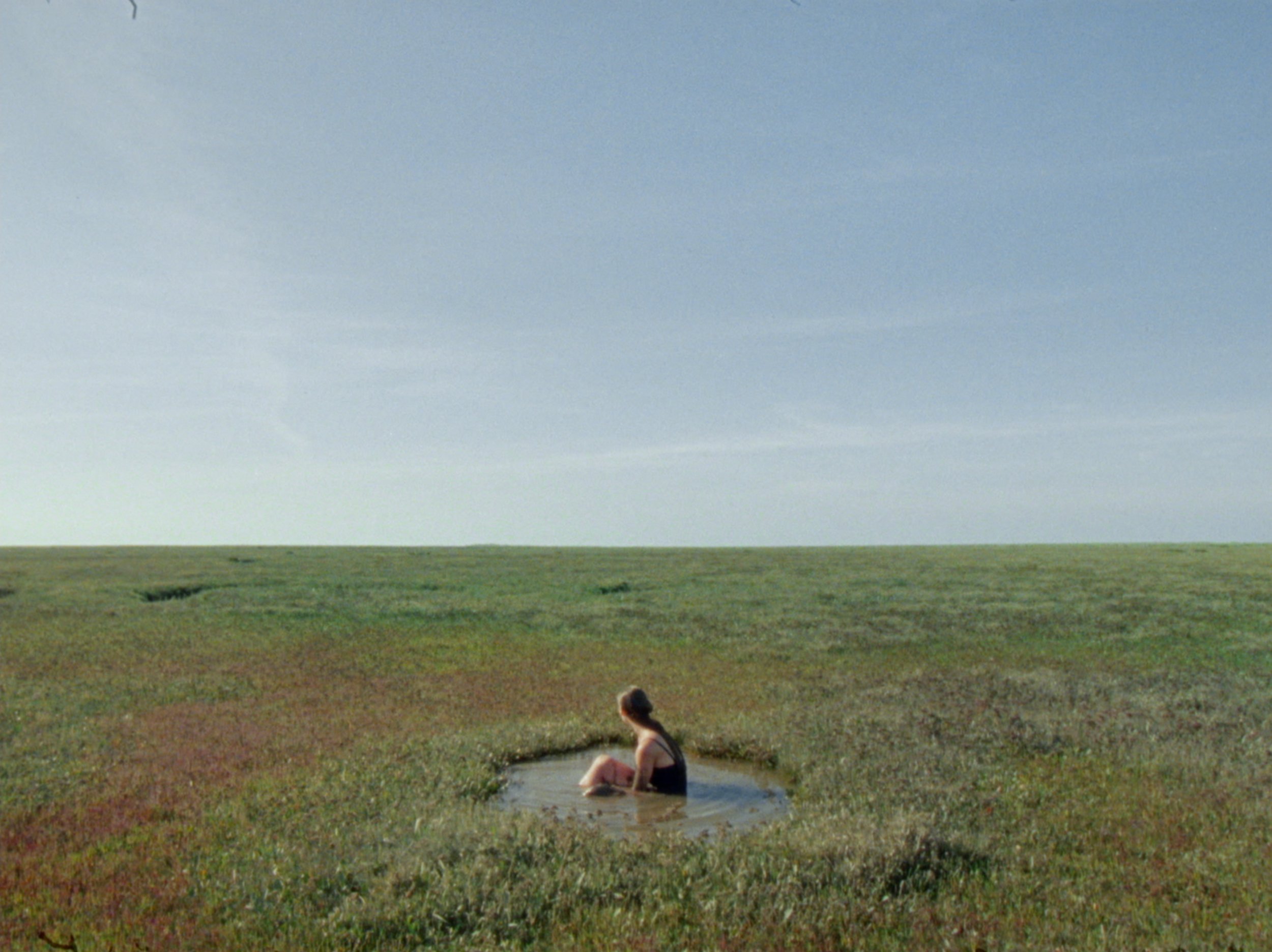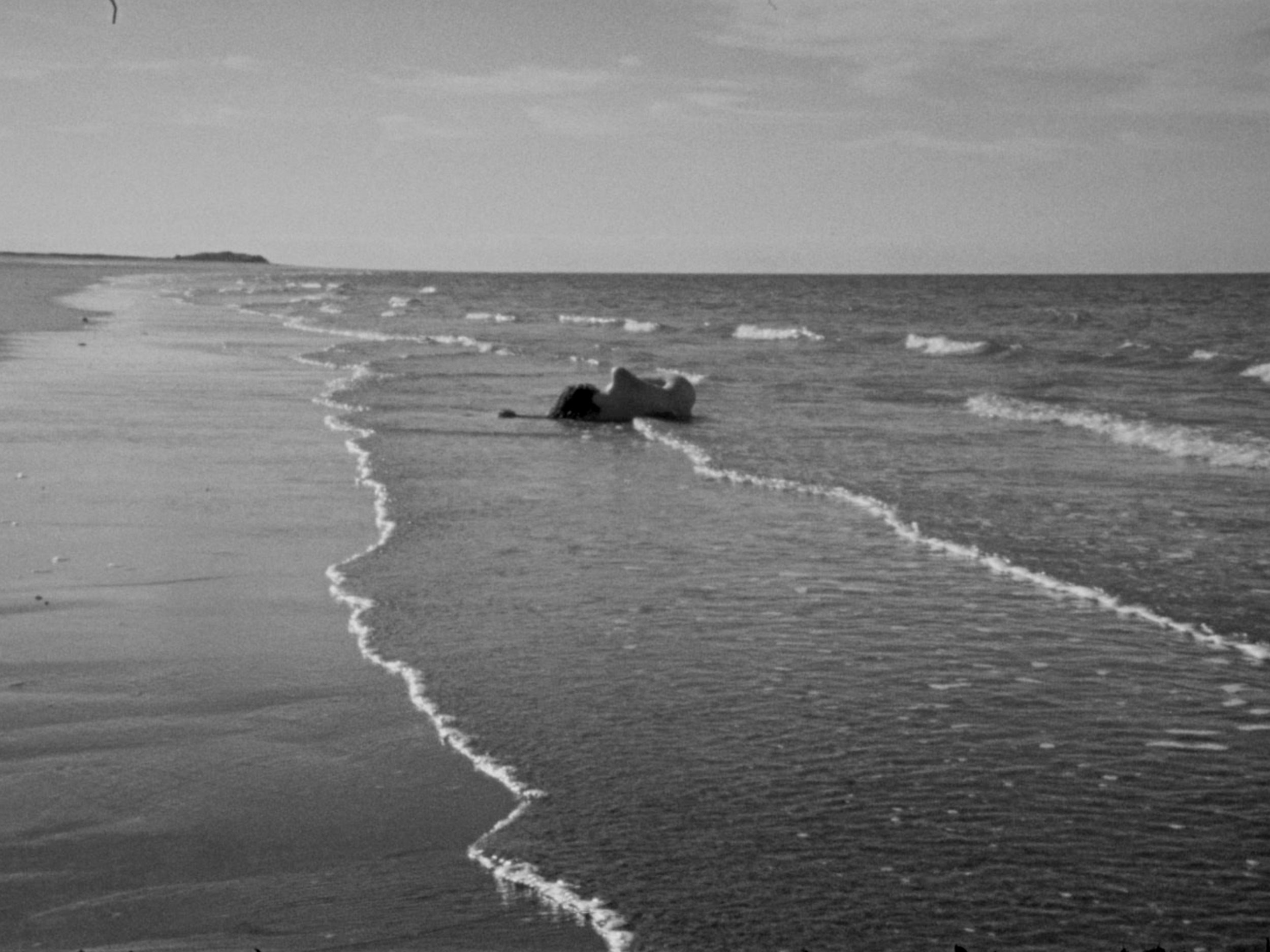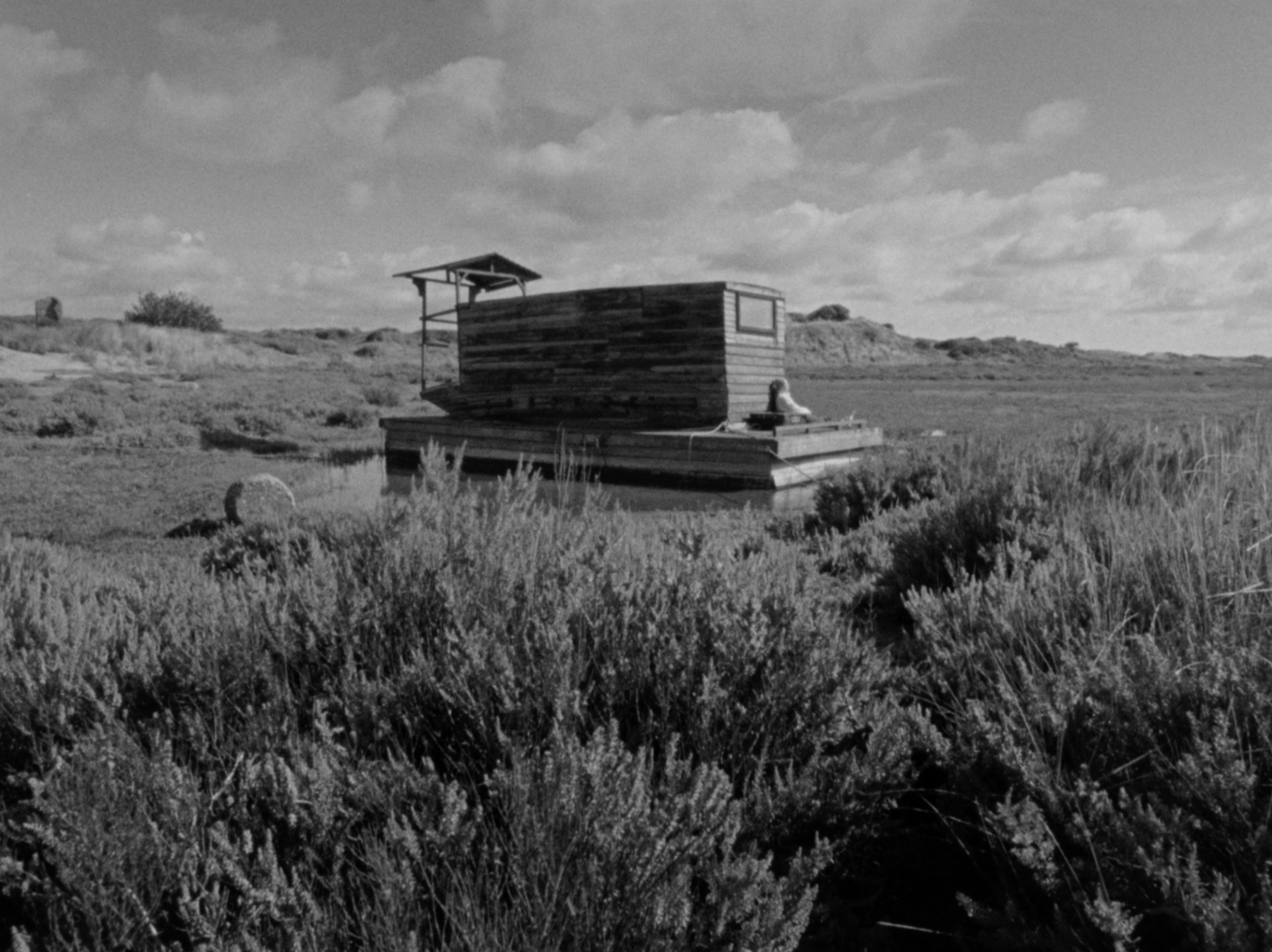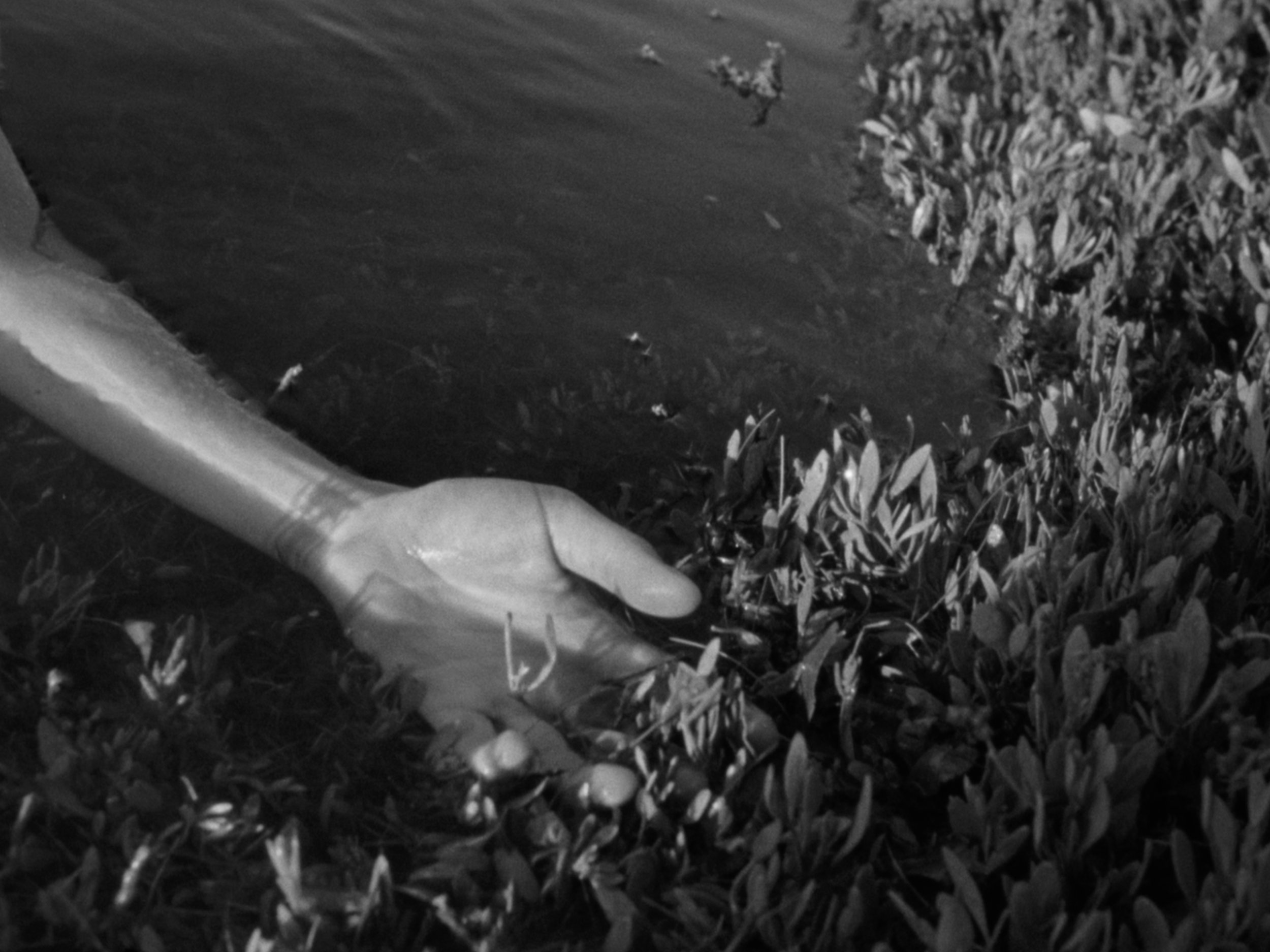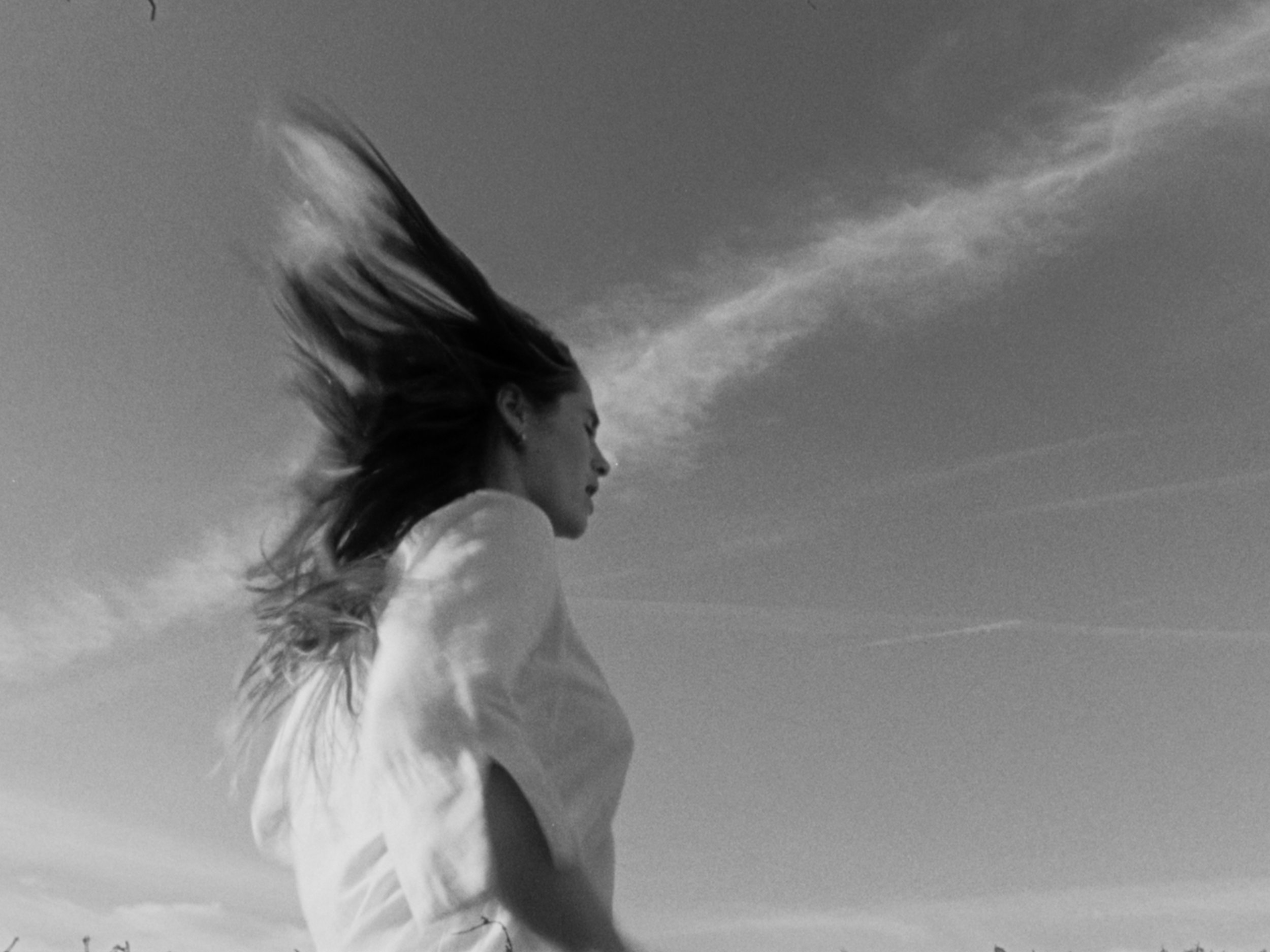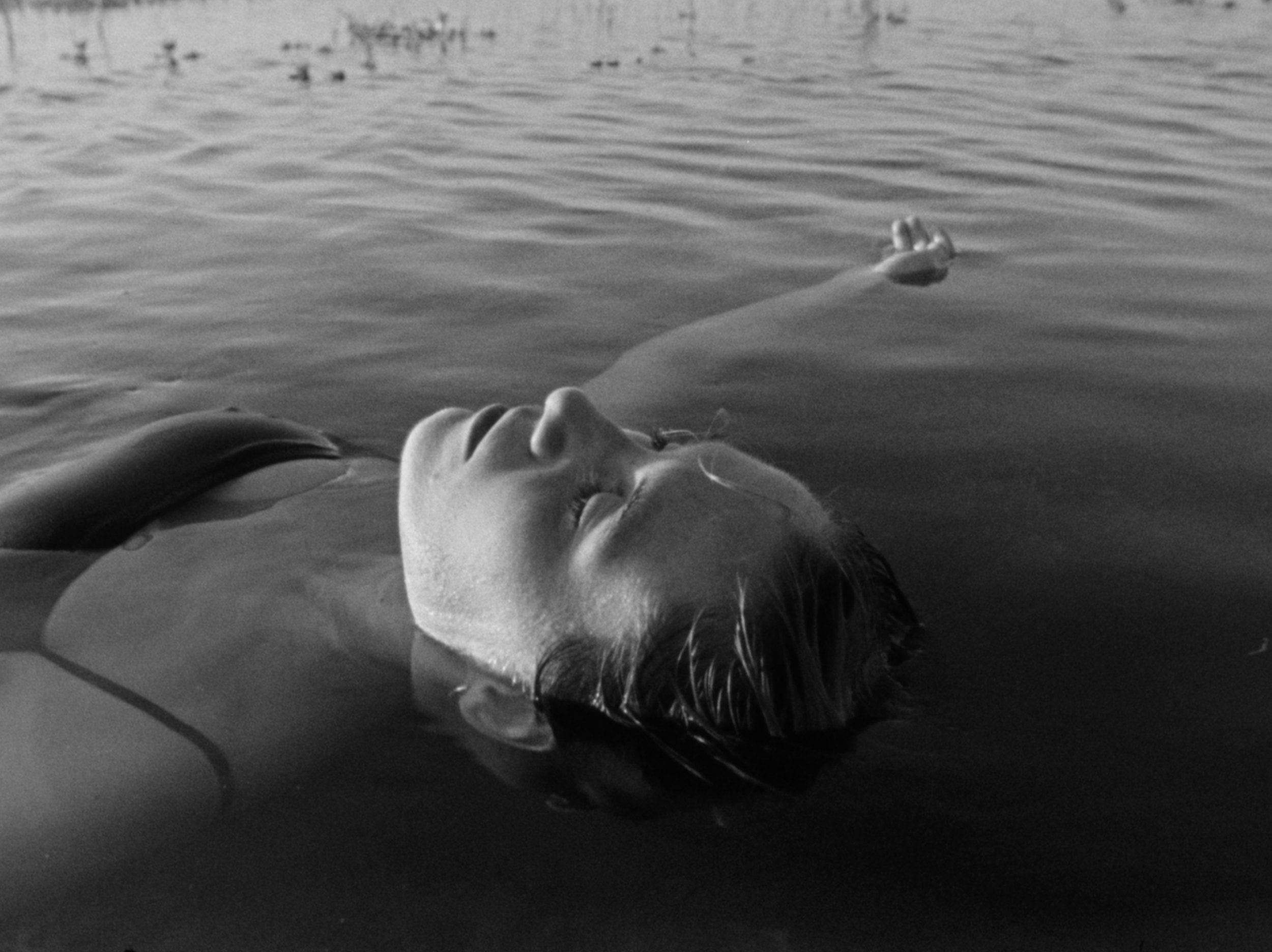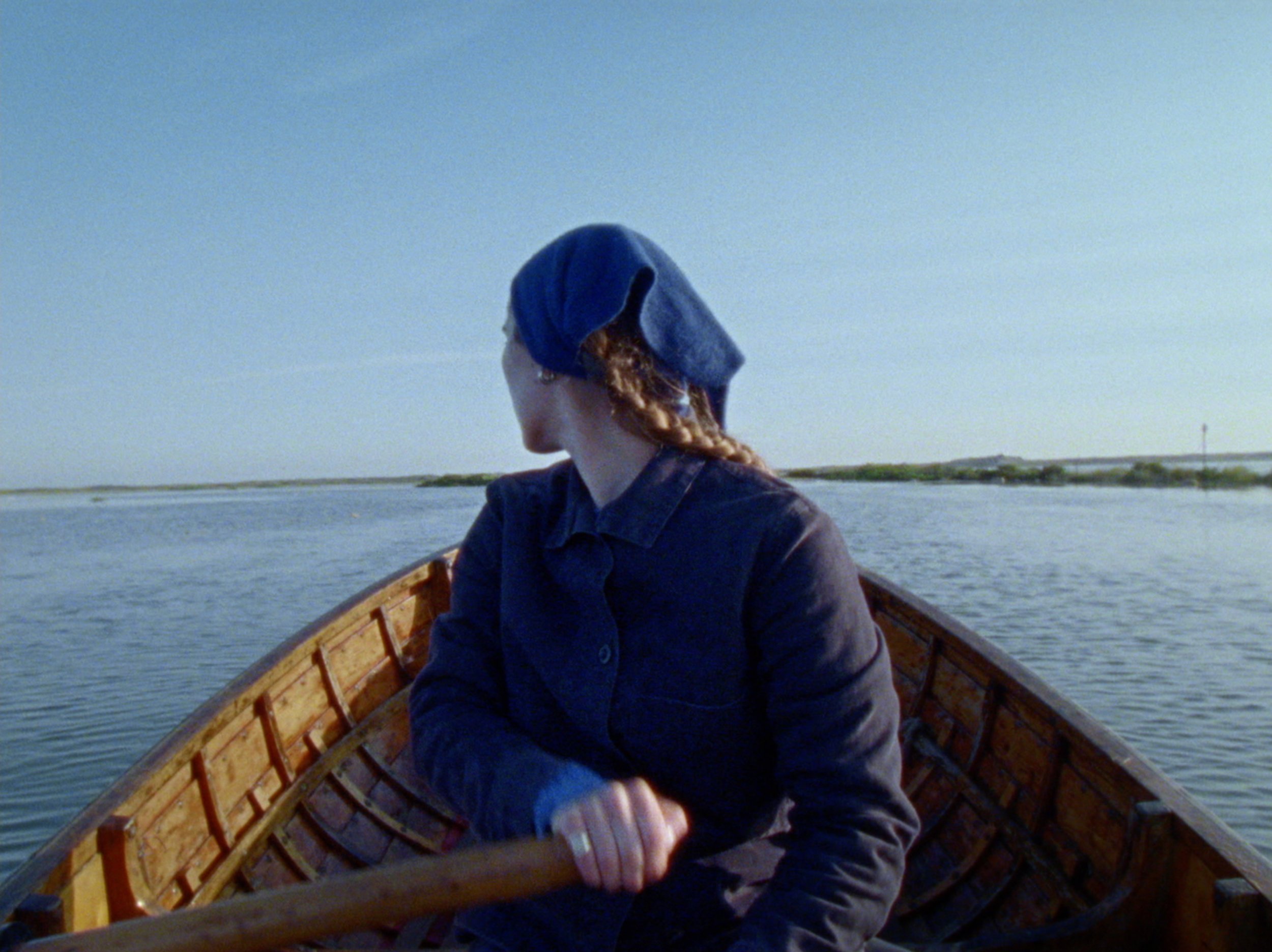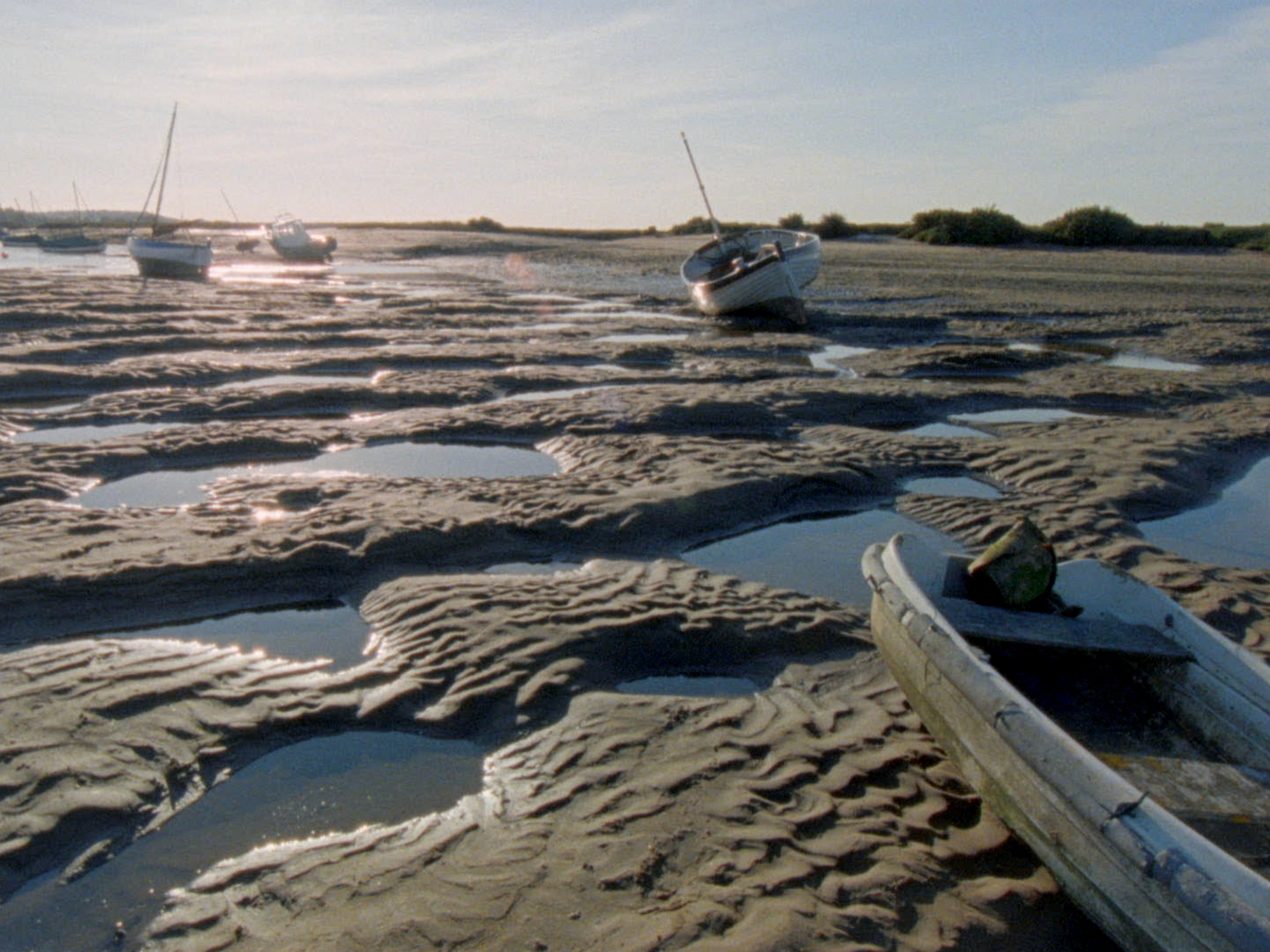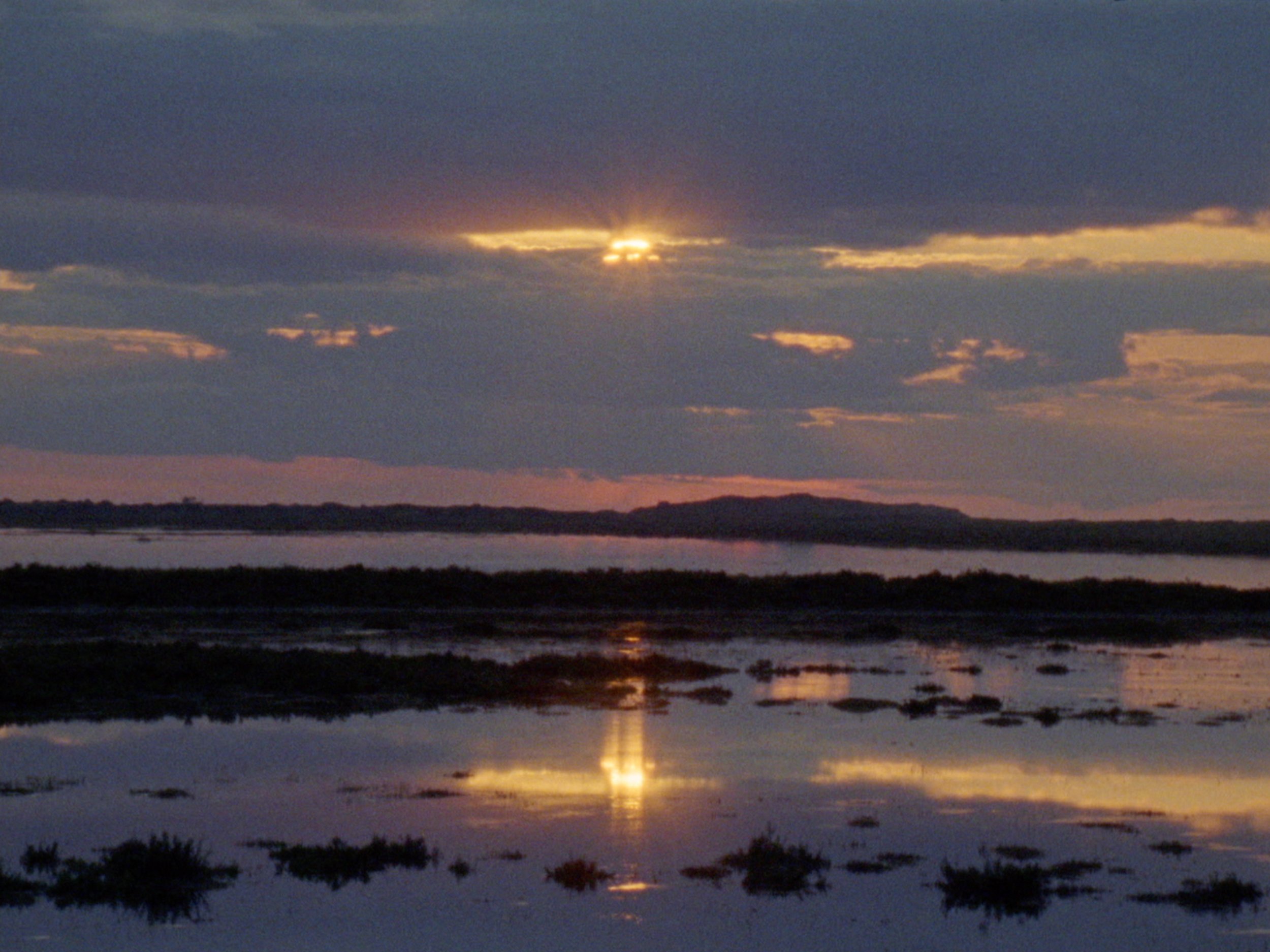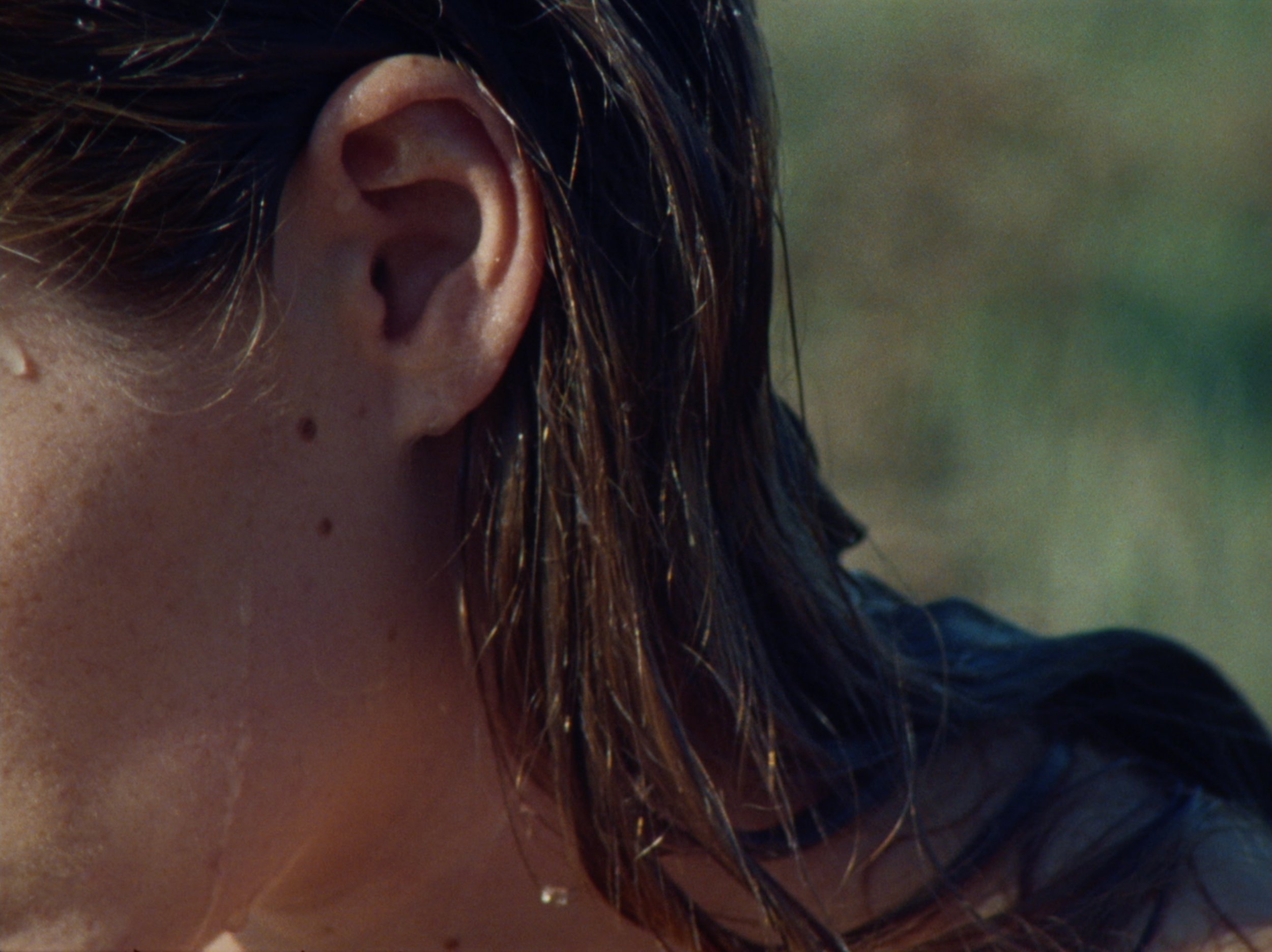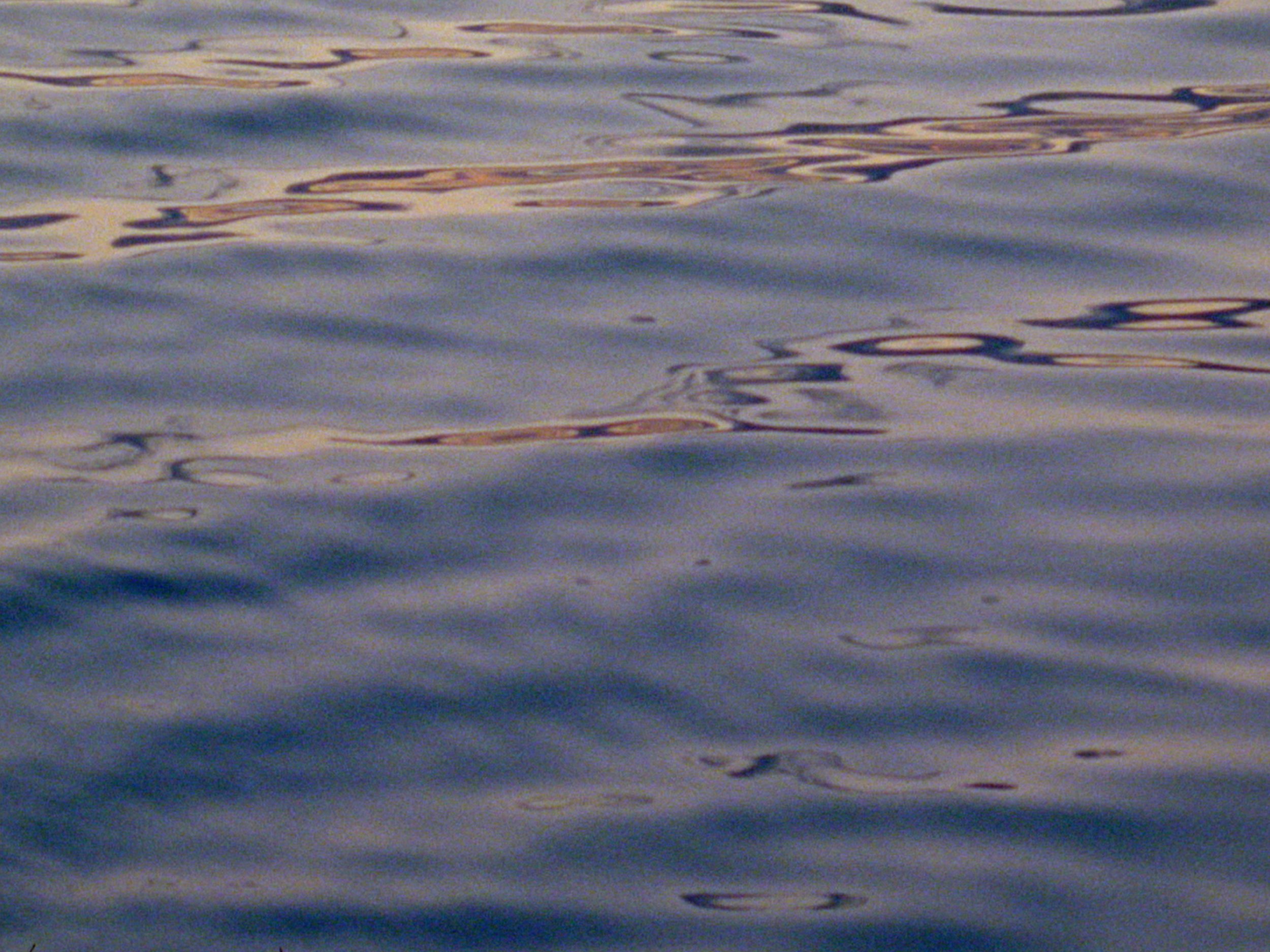Going Out Is Going In
A powerful celebration of freedom
Directed by Gasser Brothers
Going Out Is Going In is a subtle, yet powerful celebration of freedom. Directed by Gasser Brothers, the scenic short film takes us into the heart of mixed media artist Decca Faire to craft a poetic portrayal of her relationship with the landscape of the North Norfolk Coast in the UK. In our conversation with the directors, Gasser Brothers share their experiences and reflections on this unique project, including their aesthetic choices, poetic cinematography, and the impact of the landscape and sounds on the narrative mood.
We are very curious about how your collaboration with mixed media artist Decca Faire began. What's the story? Who approached who and how did you decide to collaborate on Going Out Is Going In?
Earlier this year we came across Decca's profile on Instagram and everything about her world felt very inspiring to us: her poetry, her activities in nature, her exploration of womanhood, isolation, freedom, endurance… We really felt the need to get in contact with her and ask if she’d be interested in collaborating on a film project… Luckily enough she was pleased to work on something together!
By that time we had also recently joined forces with Farbfilm Studio, a production company in Zurich, Switzerland, who were equally excited to join the project and support us in anything needed. After several months of prepping we finally got to shoot the project in late August of 2023. It somehow was a lucky coincidence of meeting the right people at the right moment who brought this project to life.
As male filmmakers, how did you approach portraying and capturing authentically the story of a woman's longing for freedom? How did you collaborate with Decca Faire in the filmmaking process, for example in relation to the choice of words in the film?
It happened quite organically. We sent Decca a first short treatment with our visual ideas, in which a lot of the included reference material was actually from her own work. We also had a very similar visual taste so it was quite easy for all of us to be on the same page and share a common vision. It was important for us to stay true to her authenticity and not try to alter her essence in any kind of way. We had several long calls together to get to know each other better, discuss different ideas, and really just openly talk about anything that felt worthy to share and express. During those calls we decided to use her poetry as the narrative spine for the film. She wrote a poem for the project expressing her desire of living in the natural landscape while simultaneously being anchored to a city life. It helped us so much to learn more about her and identify certain key aspects that could help to visually express her situation.
“During those calls we decided to use her poetry as the narrative spine for the film”
Can you share insights into the aesthetic choices and poetic cinematography in Going Out Is Going In, for example switching between Black & White and Colour? How did you go about visually capturing the emotional depth and endurance portrayed in Decca Faire's story?
Our good friend and DP Fabio Tozzo got involved very early on with the project and contributed so much in shaping its bases. We brainstormed many different visual concepts to determine which would be the most accurate manner of capturing Decca’s habits and routines in a way that felt true to her. The locations played a key role for that as well. She took us to some incredibly beautiful places that are so close to her heart and represent her essence of self so much... We made mostly use of static shots to capture both herself and the landscape in a way that felt natural, as if a hidden camera had been placed “here or there” to document singular moments of her daily life on the island. Leaving enough room for improvisation was also key to capture unexpected happenings during the shoot.
We knew from early on that we wanted to include B/W footage in the film because a lot of Decca’s work makes use of it and it represents her so much. Once we got into the editing process we slowly developed a visual language that —in relation to Decca’s poem— would give a deeper meaning to the usage of black & white shots versus colour sections. The switching between both options felt like the best way to enhance her story and situation. We could dive deeper into the “why’s” behind it but we honestly prefer allowing the viewers to have their own interpretation and find a personal meaning when watching the film.
How did you choreograph and edit the visual elements of the film? Were there specific visual motifs or sequences that you found particularly impactful in conveying the narrative?
The creative process with our editor Chris Zimmermann from S EC Studio began with several extensive calls before actually jumping into the edit. We shared infinite opinions and ideas on how to approach the editing, on how the footage was speaking to each one of us, about our personal experience of wanting to escape from our city lives and spend more time in nature. It was very helpful to be able to work freely and follow our instinct on what felt right. The poem did serve as a base structure to divide the film in three parts (city life - desire to escape - escape), and we knew that certain shots would fit better at the beginning, middle or ending of the narrative arc, but generically speaking we definitely went for a “try and error” methodology, leaving plenty of room for intuitiveness and experimentation. That’s how we slowly got to define the ideal mood and pace of the film.
“We slowly developed a visual language that —in relation to Decca’s poem— would give a deeper meaning to the usage of black & white shots versus colour sections”
The landscape of the North Norfolk Coast serves as a significant backdrop for the film. How did the coastal environment, specifically its sounds, influence the narrative and overall mood of the short film?
The landscape had a tremendous impact on the film, both visually and sound wisely speaking. Before the actual scout we did some online research and received pictures from Decca to get a first idea on how the potential shooting locations could look like. We were initially aiming for a more concise piece with a slightly faster pace, but once we got to physically witness the landscape, its dunes, marshes, waterways and expansive seashores, we quickly realised how important it'd be to somehow reflect the quietness and tranquility that prevailed there. The sounds of gentle winds, water streams, soft ocean breeze and screeching seagulls made everything feel so limitless. It made us reconsider the overall pace and rhythm of the film, and led us to shoot (and edit) longer takes than initially planned.
What's next for you?
We are currently working on two short documentaries and a possible music video for an artist that we can’t mention for now :)
A farbfilm studio production
Starring Decca Faire
Directed by Gasser Brothers
Director of Photography: Fabio Tozzo
Producers: Yanik Zollinger & Flo Brunner
Steadicam: Ioann Buncelman
1st AC: Tanmoye Khan
Local Transportation: John Thompson / Welcome Ferry
Intimacy Coordinator: Salome Schneebeli
Post Producer: Flo Brunner
Post Coordinator: Lukas Kärcher
Editor: Chris Zimmermann
Editor Rep.: S EC Studio
Online Editor: Vera Gut
Colorist: Florian Staerk
Colorist Rep.: S EC Studio
Music / Sound: Bardo Eicher
Graphic Designer: Noël Oppliger
